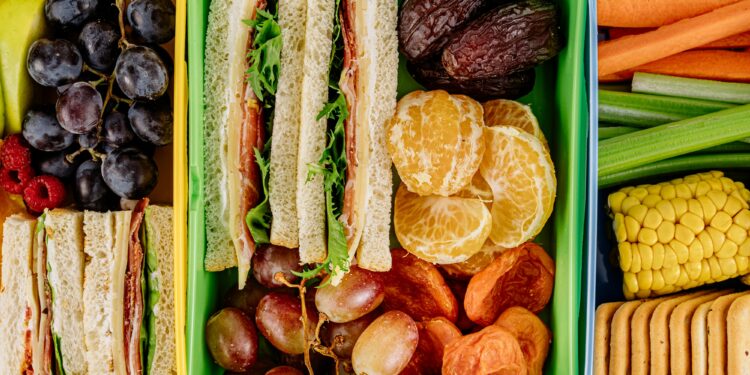Because of its convenience, lunchables have become a fixture in American school lunches. However, people’s opinions on them vary. Some people believe lunchables are packaged foods that are not particularly nutritious.
Others, on the other hand, see them as a quick and easy meal for children. The mixed feelings about lunchables show a problem that both schools and parents face. How to find food that is easy, tasty, and also good for kids. Now, schools are taking lunchables off of their menu. Their removal from school lunches isn’t just about labeling these snacks as unhealthy. It shows a deeper struggle in the world of children’s nutrition.

Rise and Fall of Lunchables
Lunchables started in the late 1980s and quickly became popular. They were just that food that was easy for parents to pack, fun for kids to eat, and came in this bright packaging that made them very exciting for kids. Lunchables manufacturer Kraft Heinz raised children’s desire for their products by using creative advertising strategies such as tying them with well-known toys and cartoons.
But soon after, lunchables became a source of concern. Many lunchables had a lot of processed meats, sugar, and salt, which aren’t particularly nutritious if eaten regularly, according to some parents and health professionals.To be honest, their worries are very valid because these ingredients could cause health problems like obesity and high blood pressure in the long run.
Not only that, but people also became concerned about the way lunchables were advertised to kids. Some felt that advertising unhealthy food to kids encouraged kids to eat poorly and made them want food that wasn’t good for them. Over time, all of these concerns led to it becoming less popular. Some schools even stopped offering them in school cafeterias.
Recent Happenings
Schools are beginning to take lunchables off their menus, largely because of health warnings from Consumer Reports, a well-known organization that checks and reports on the safety of the products. Consumer Reports looked into lunchables and found that they contain substances that can be harmful to kids, especially when they are eaten on a regular basis.
Firstly, Consumer Reports discovered that many types of lunchables have extremely high sodium levels. Sodium, or salt, is used in processed foods to make them taste better and last longer. But as explained earlier, too much of it is linked to high blood pressure and heart issues, even in young people. In the case of lunchables sold in schools, some packs contain as much as 930 mg of sodium, far higher than the daily limit experts recommend for children.
However, sodium isn’t the only substance found in lunchables. Consumer Reports found traces of other harmful substances like lead, cadmium, and phthalates. Lead and cadmium are high metals that can affect a child’s brain development, growth, and even overall health. Even small amounts of this metal can be very detrimental to children if exposed over time. Phthalates are chemicals often used in plastics, which might be present in food as a result of the packaging or processing equipment. These chemicals are linked to hormone issues in children and also have the potential to affect the child’s long-term health.
Because of this risk, Consumer Reports has asked the USDA, the United States Department of Agriculture, to stop allowing lunchables in the National School Launch Program. This meant schools would no longer offer lunchables and instead would provide healthier launch options for children.
Summary
Lunchables have been a popular and easy lunch choice for kids since the 1980s, loved for their convenience and fun packaging. But over time, people became concerned about how unhealthy they were. They contain a lot of salt, sugar, and processed meats, which can lead to health problems like obesity and high blood pressure. Even worse, they have harmful chemicals like lead and cadmium that could affect kids’ health. Because of these concerns, Consumer Reports has asked schools to stop offering Lunchables and replace them with healthier options.

















